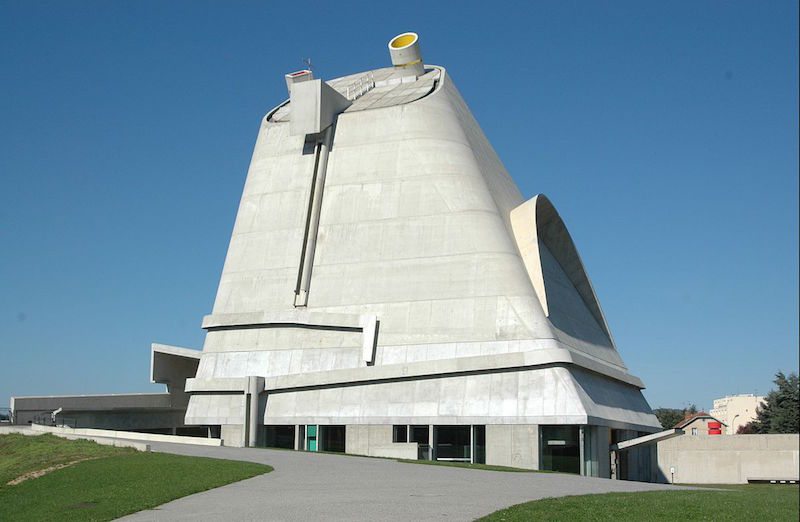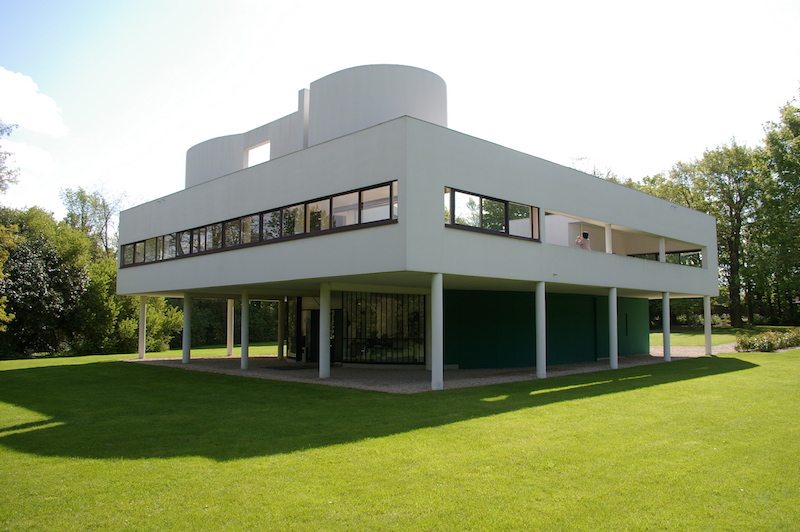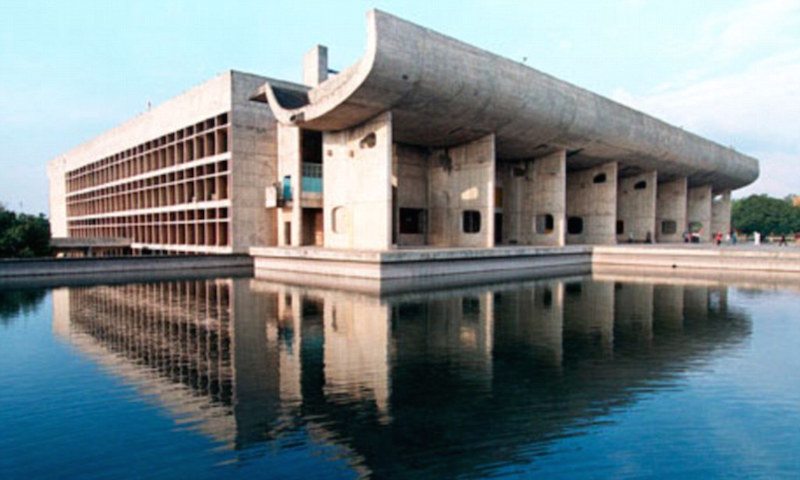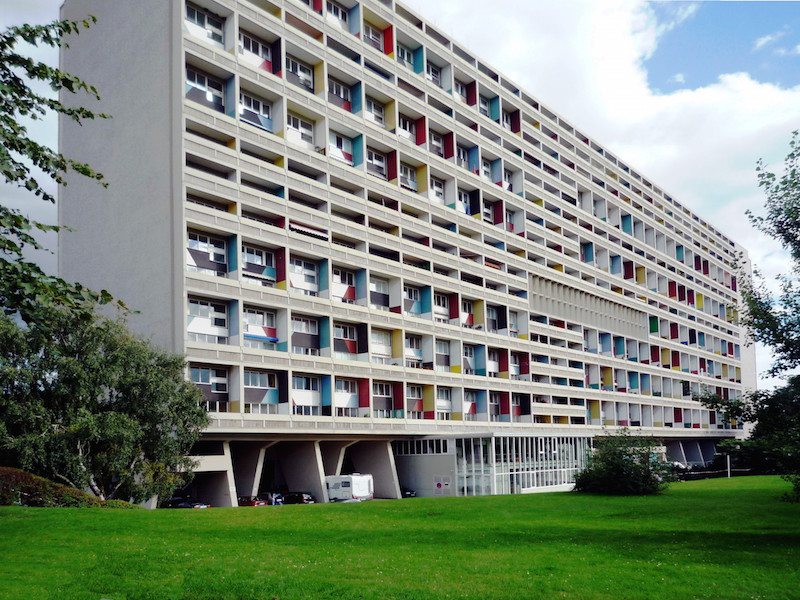Le Corbusier
Episode #8 of the course “Architects who changed the world”
A Swiss architect, designer, and artist, the man born as Charles-Édouard Jeanneret-Gris was better known as Le Corbusier. He adopted the name as a rendition of his grandfather’s name, in the belief that any person could reinvent himself. Le Corbusier was highly influential in the 20th century, often known as one of the founders of Modern architecture. His radical designs not only incorporated structural organization of a single building but often entire city blocks. One of the first modern city planners, Le Corbusier envisioned large cities where people used cars as transportation, train centers would organize traffic patterns, and airplanes would land amid a field of skyscrapers.
 Church of Saint-Pierre, Firminy, France
Church of Saint-Pierre, Firminy, France
Born in 1887, Le Corbusier’s career didn’t begin until after World War I. During his early years he studied art and traveled Europe admiring architecture, but in his designs he used the new construction materials of reinforced concrete and stainless steel that couldn’t be found elsewhere in Europe. During this time, he developed his artistic style and published about modern art. His first attempt to redesign a section of Paris by demolishing it and building from the ground up was met with heavy resistance, but it got people to begin questioning how to handle modern urban problems of overcrowding in such ancient cities.
 Villa Savoye, Poissy, France
Villa Savoye, Poissy, France
 Assembly building, Chandigarh, India
Assembly building, Chandigarh, India
In addition to the many individual apartment designs, public buildings, and private residences that Le Corbusier left, his most famous project is the Unite d’Habitation outside of Marseilles in France. Le Corbusier’s “Unites” designs were for small city blocks of his dream metropole, which he called the Radiant City. In this utopia, housing would be assigned based on family size and need rather than class structure. The Unite d’Habitation exemplifies many of Le Corbusier’s ideas, showcasing his designs for administration buildings, public transportation hubs, and restaurants.
 Unite d’Habitation
Unite d’Habitation
Share with friends

